- Furniture
- Living Room
- Sofas & Loveseats
- Accent Chairs
- Recliners
- Massage Chairs
- Coffee Tables
- End & Side Tables
- Ottomans
- Entertainment Centers & TV Stands
- Cabinets & Chests
- Bedroom
- Beds & Bed Frames
- Mattresses
- Nightstands
- Dressers & Chests
- Armoires & Wardrobes
- Makeup Vanities
- Jewelry Armoires
- Clothing & Closet Storage
- Bedding
- Kitchen & Dining
- Dining Room Sets
- Dining Tables
- Dining Chairs
- Bar Tables
- Bar Stools
- Kitchen Islands & Carts
- Sideboards, Cabinets & Buffets
- Outdoor
- Outdoor & Patio Furniture
- Patio Conversation Sets
- Outdoor Sectionals
- Patio Dining Sets
- Patio Dining Chairs
- Patio Tables
- Patio Bar Furniture
- Patio Rocking Chairs & Gliders
- Adirondack Chairs
- Outdoor Benches
- Porch Swings
- Hammocks
- Outdoor Chaise Lounges
- Beach & Lawn Chairs
- Outdoor Furniture Accessories
- Garden
- Raised Garden Beds
- Plant Stands
- Plant Supports
- Potting Benches & Tables
- Greenhouses
- Grow Tents
- Garden Tools
- Outdoor Grills
- Outdoor Decor
- Swimming Pools
- Outdoor Storage & Garages
- Sheds & Outdoor Storage
- Carports
- Garages
- Camping
- Camping Furniture
- Tents
- Coolers
- Air Mattresses & Sleeping Bags
- Kitchen
- Appliances
- Decor
- Bath
- Baby & Kids
- Toys & Hobbies
- Sports
- Pets
- Health & Beauty
- Sales & Deals
- LIVE

Digital Safe Box with 2 Doors
$179.00$286.00
Save $107 (37%)
Digital Deposit Safe Box Depository Front Load
$175.00$319.00
Save $144 (45%)
2-Layer Safe Deposit Box with Digital Keypad
$82.00
2-Layer Security Safe Deposit Box with Inner LED Light
$109.00
1.0 cu ft Fireproof Waterproof Electronic Safe Box with Digital Keypad and Key
$99.00
Digital Flat Recessed Wall Safe Security Lock Gun Cash Box
$89.00$178.00
Save $89 (50%)
Related Searches
Are you looking to secure your valuables with a safe box? Whether you're safeguarding important documents, jewelry, cash, or other precious items, choosing the right safe box is crucial. In this guide, we'll walk you through everything you need to consider before making your purchase.
1. Determine Your Security Needs:
• Consider what items you plan to store in the safe box and their value. This will help you determine the level of security you require.
• Evaluate potential threats such as theft, fire, or water damage to understand the type of protection you need.
2. Types of Safe Boxes:
• Fireproof Safe Boxes: These are designed to withstand high temperatures in case of fire emergencies. Look for safes with UL ratings for fire resistance.
• Waterproof Safe Boxes: If you live in an area prone to flooding or water damage, consider a safe box that offers waterproof protection.
• Biometric Safe Boxes: These safes use fingerprint recognition technology for quick and secure access. Ideal for those who prioritize convenience and security.
• Digital Keypad Safe Boxes: Require a PIN code for access. Ensure the keypad is tamper-resistant and easy to use.
• Traditional Key Lock Safe Boxes: Provide basic security and are suitable for those who prefer simplicity.
3. Size and Capacity:
• Determine the size of the items you'll be storing and choose a safe box with adequate internal dimensions.
• Consider future needs and select a safe with enough room for additional items.
4. Installation and Location:
• Decide whether you want a portable safe or one that can be bolted to the floor or wall for added security.
• Choose a location for your safe box that is easily accessible yet inconspicuous to minimize the risk of theft.
5. Brand Reputation and Quality:
• Research reputable brands known for producing high-quality safe boxes. Look for customer reviews and ratings to gauge reliability.
• Consider factors such as warranty coverage and customer support services offered by the manufacturer.
6. Budget Considerations:
• Set a budget based on your security needs and the features you require in a safe box.
• Remember that investing in a quality safe box is essential for protecting your valuable possessions in the long run.
7. Additional Features to Consider:
• Interior Lighting: Some safes come equipped with LED lights to help you locate items in low-light conditions.
• Alarm Systems: Certain safes have built-in alarms that activate in response to tampering or unauthorized access attempts.
• Override Keys: In case of forgotten PIN codes or malfunctioning electronic keypads, having override keys can provide a backup method for accessing your safe.
8. Compliance and Certification:
• Ensure that the safe box meets industry standards and certifications for security and fire resistance.
• Look for safes that comply with regulations specific to your region or industry, such as insurance requirements.
9. Evaluate the User Experience:
• Consider factors such as ease of installation, user interface, and accessibility when choosing a safe box.
• Read user manuals and guides to familiarize yourself with the operation of the safe box before purchase.
10. Compare Options and Make an Informed Decision:
• Once you've narrowed down your choices, compare the features, specifications, and prices of different safe boxes.
• Select the safe box that best aligns with your security needs, budget, and preferences.
By following these guidelines, you can confidently choose a safe box that provides reliable protection for your valuable belongings. Remember, investing in a quality safe box is an investment in peace of mind and security for years to come.
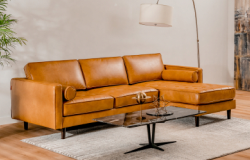
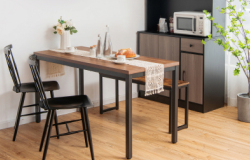
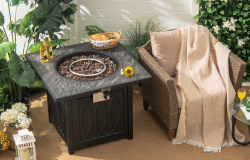
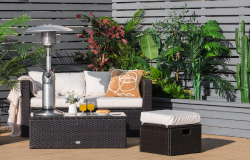
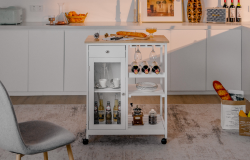
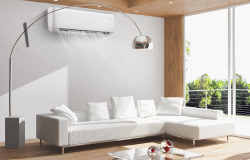
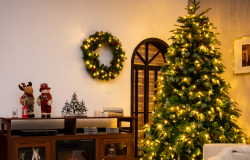
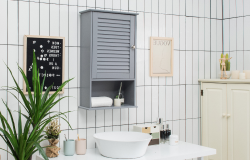
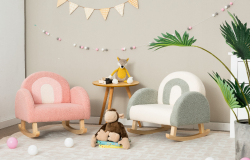
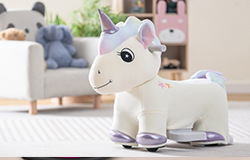
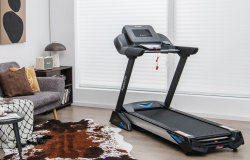
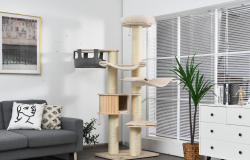
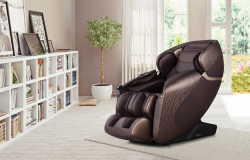



 Added to
Added to 
 4.3
4.3








